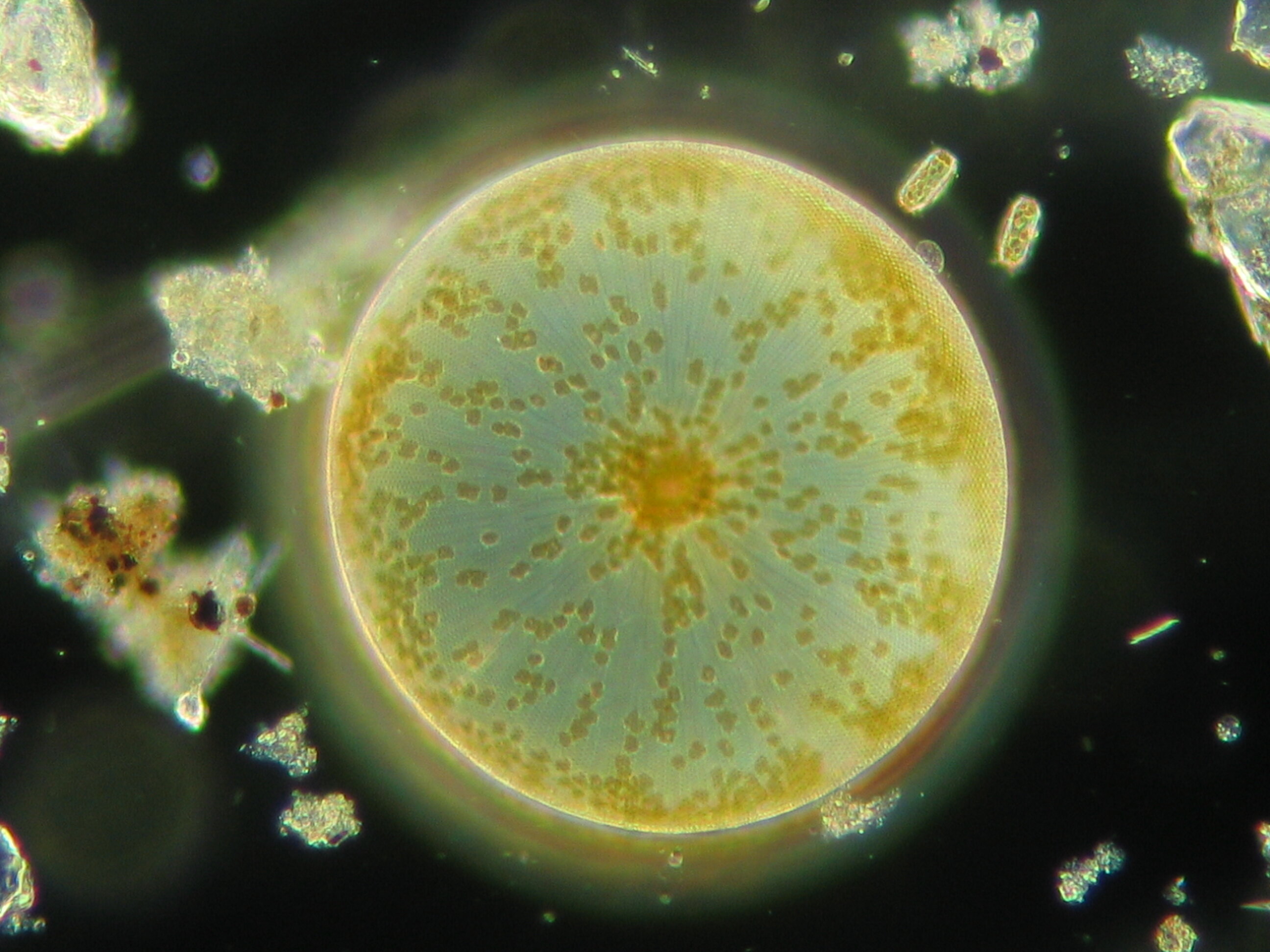Phytoplankton, tiny photosynthetic organisms in the ocean, play a crucial role in the global carbon cycle and influence Earth’s climate. A new study reveals how variations in the physiology of phytoplankton, particularly regarding nutrient uptake, can impact the chemical composition of the ocean and even the atmosphere. This suggests that changes in marine phytoplankton physiology can affect global climate.
Phytoplankton in the ocean are central to the global carbon cycle as they perform photosynthesis, capturing and transporting carbon (C) to the deep ocean. The growth of phytoplankton relies not only on carbon but also on nitrogen (N) and phosphorus (P), which are crucial for their cellular functioning.
Phytoplankton stoichiometry defines the relative proportions of different elements such as C, N, and P in these organisms. Key connections exist between phytoplankton stoichiometry and climate through interdependencies between the oceanic carbon pump, nutrient cycling, food web dynamics, and responses to climate-related factors like atmospheric carbon dioxide (CO2) concentration and temperature.
In the 1930s, the American oceanographer Alfred C. Redfield made an important discovery: he found that the concentrations of the elements C, N, and P in the marine phytoplankton roughly follow a fixed ratio of approximately 106:16:1—the ratio now named after him, the Redfield ratio.
Surprisingly, Redfield’s research also revealed that in the seawater samples he collected, the concentration of nitrate, a primary nitrogen nutrient source, was, on average, 16 times higher than the concentration of phosphate, a primary phosphorus nutrient source. The nitrogen-to-phosphorus (N:P) ratios in both phytoplankton and seawater are remarkably similar, indicating a strong connection between the particulate (phytoplankton) and dissolved (seawater) nutrient pools.
2023-10-14 09:00:04
Article from phys.org
